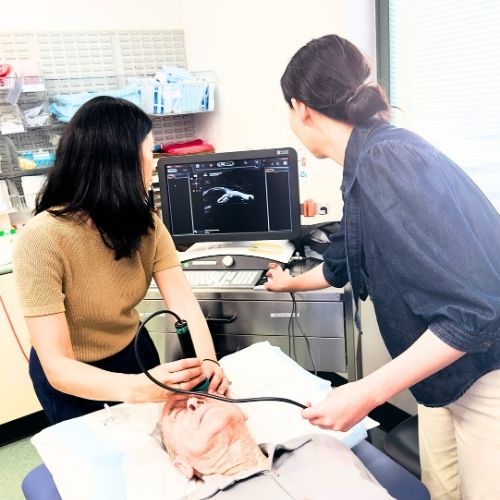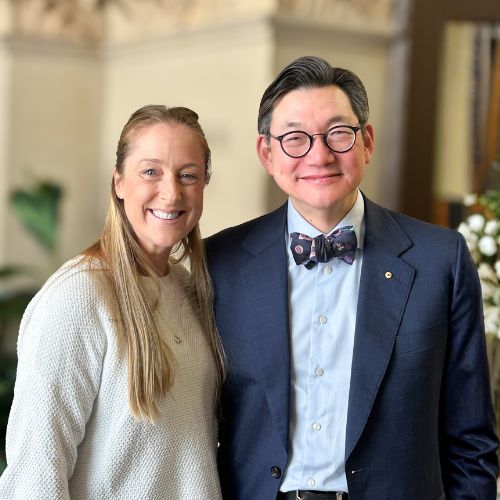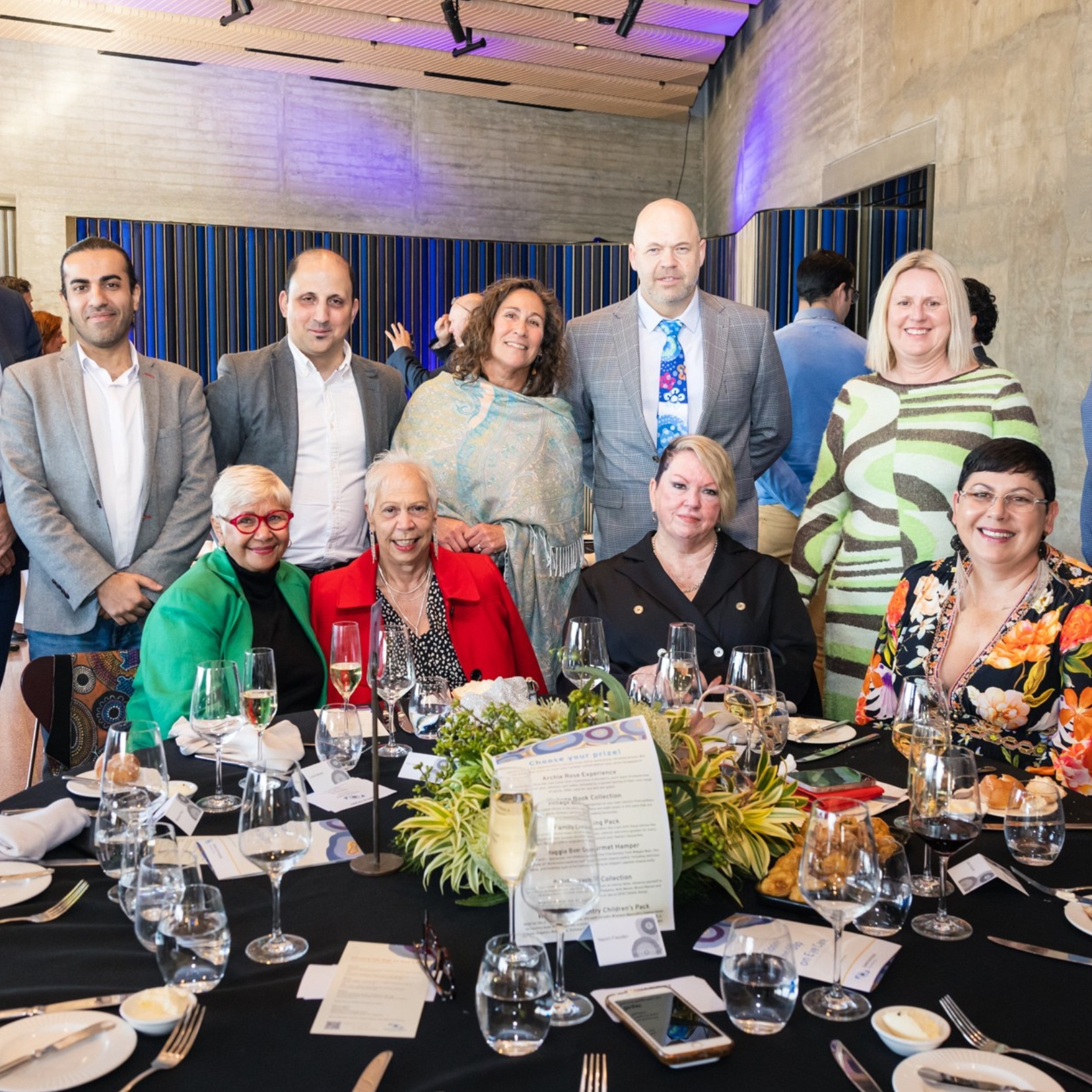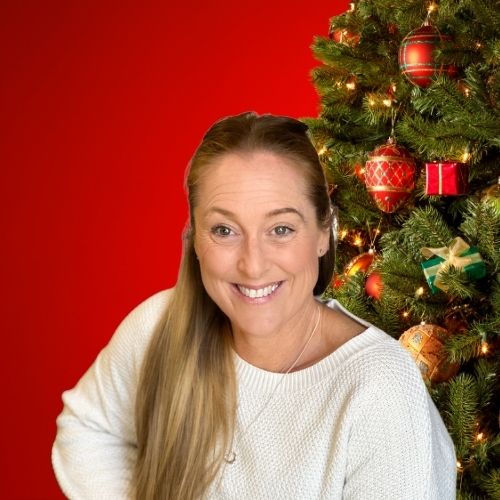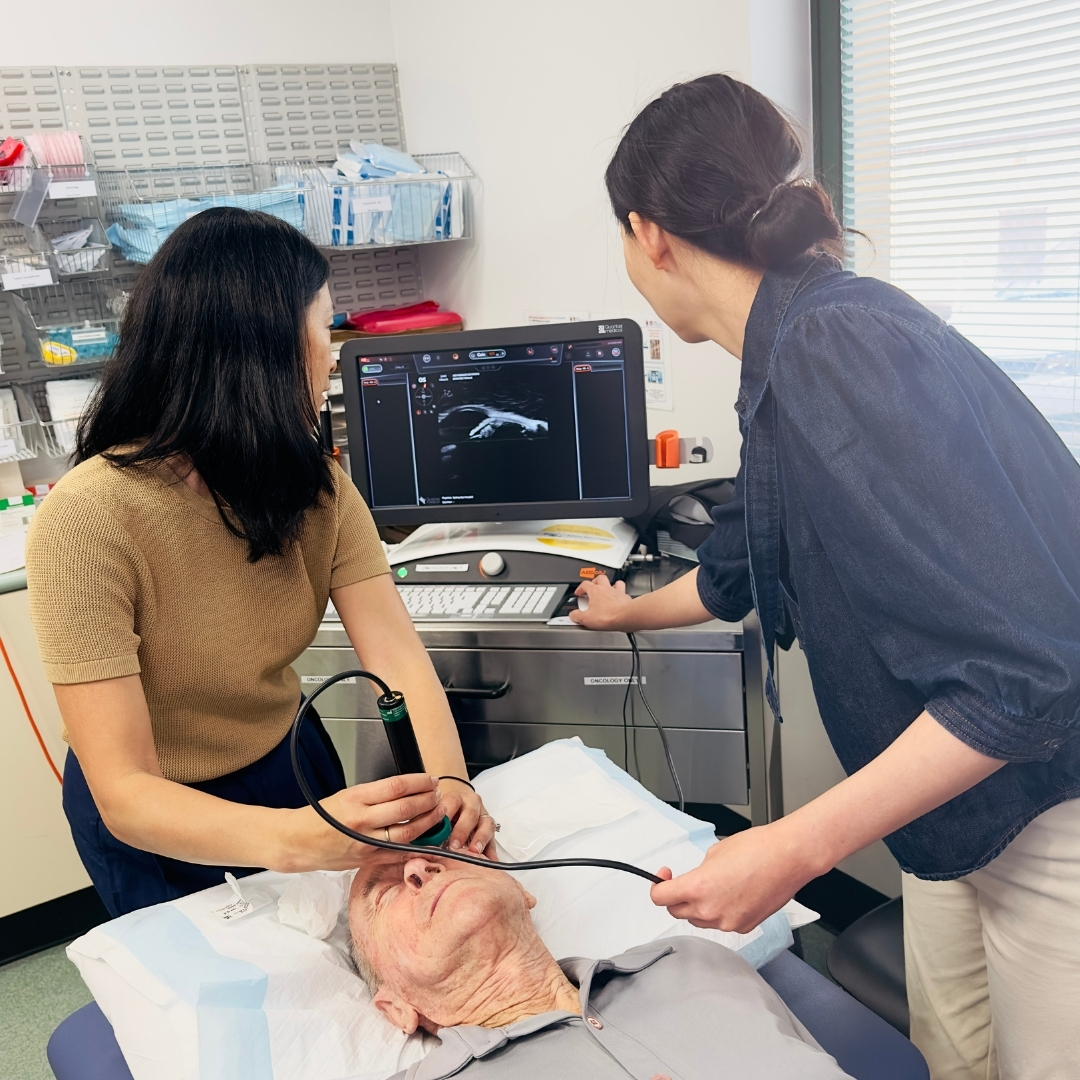Five years ago Heather Pozzoban, blind for 21 years, had her eyesight restored by Sydney Eye Hospital surgeons who extracted one of her canine teeth, fitted it with a lens and stitched it into her right eyeball.

For 58-year-old Heather, a mother of three boys, whom she had only seen when babies as “fuzzy black balls,” this remarkable, almost unbelievable, operation was a life changing moment.
“Overnight I could see blobs of colour, then the blobs filled bigger areas and in just five weeks I had vision.
“It was hard to navigate at times as I had been blind for a long time but I remember Victor, my husband, and I went out for dinner. He took the menu and said, ‘I’ve forgotten my looking glasses’ and I said,’ Let me read the menu’ and we put up our hands together and did a high five.”
In November 2021, Heather, who lives in Shepparton in Victoria, was back at Sydney Eye Hospital for her regular check-up and Dr Tanya Trinh, corneal specialist at the hospital, realised something was wrong.

Heather said: “The membrane holding the tooth was not quite as strong as it should be and it was now necessary to save the implantation.
“No one wanted to do full on surgery again so the surgeons took a skin graft from inside my eyelid and pulled that over the tooth. I believe it is the first time anyone has ever done this.”
The surgical team was Dr Tanya Trinh, Dr Peter Martin, with Dr Greg Maloney live streaming from Canada.

Heather is back in Shepparton now and described how, when she was 32, she was diagnosed with Stevens-Johnson syndrome, a rare disorder that can affect various parts of the body, including the eyes.
It is usually caused by an unpredictable adverse reaction to certain medications or infections.
She lost her sight a year later and described how in 2017 a friend, who lives in Coffs Harbour, sent her an article about “tooth in the eye surgery” by Dr Greg Moloney, a corneal specialist at Sydney Eye Hospital.
“I took it to my optometrist straightaway and she rang the hospital. It all started from there. It was exciting. The operation is only done at Sydney Eye Hospital and I was third in Australia to have the operation.
“Dr Moloney met me and advised me I was a candidate for the risky surgery. I then took a deep breath and I asked how much I would have to pay. He said it is very expensive surgery and I thought here we go and then he said, ‘You won’t get to see a bill. It will be paid by the Sydney Eye Hospital Foundation and public health.’
“I burst into tears and I have had a few tears over this ever since.”

Heather has had 13 operations involving hours of surgery and says every hour was worth it. “I read books, do gardening, ski, admittedly with the help of an instructor, and play with my four-year-old grand-daughter, Remy.
“I have had such a good quality of life now. I’m one of the lucky ones. It’s just amazing.”
According to CEO of Sydney Eye Hospital Foundation Linda Fagan, the Foundation funds the surgical device required for the operation. “We have given $140,000 since 2014 towards this innovative surgery which is only available at Sydney Eye Hospital. In Heather’s case both operations have saved her sight.”
Linda said, “The Foundation, thanks to our donors, is extremely proud to fund the research and the prosthetics to enable life changing clinical procedures like this. We remain in awe of the surgical teams and expertise at Sydney Eye Hospital.”
Facts at a glance
- Heather’s 2017 operation is called osteo-odonto-keratoprosthesis
- First, the patient’s tooth is extracted, a hole is drilled through it and a plastic lens placed inside.
- It is then sewn into the patient’s cheek for three months.
- Tissue grows around it and it develops its own blood supply so the body will not reject it.
- A flap of skin and mucus membrane from inside the mouth is then sewn over the eye.
- The tooth and lens is then removed from the cheek and transplanted into the eyeball where it is stitched to hold it in place.
- An opening is made in the skin allowing the new lens to reflect light onto the existing cornea, allowing the patient to see.


